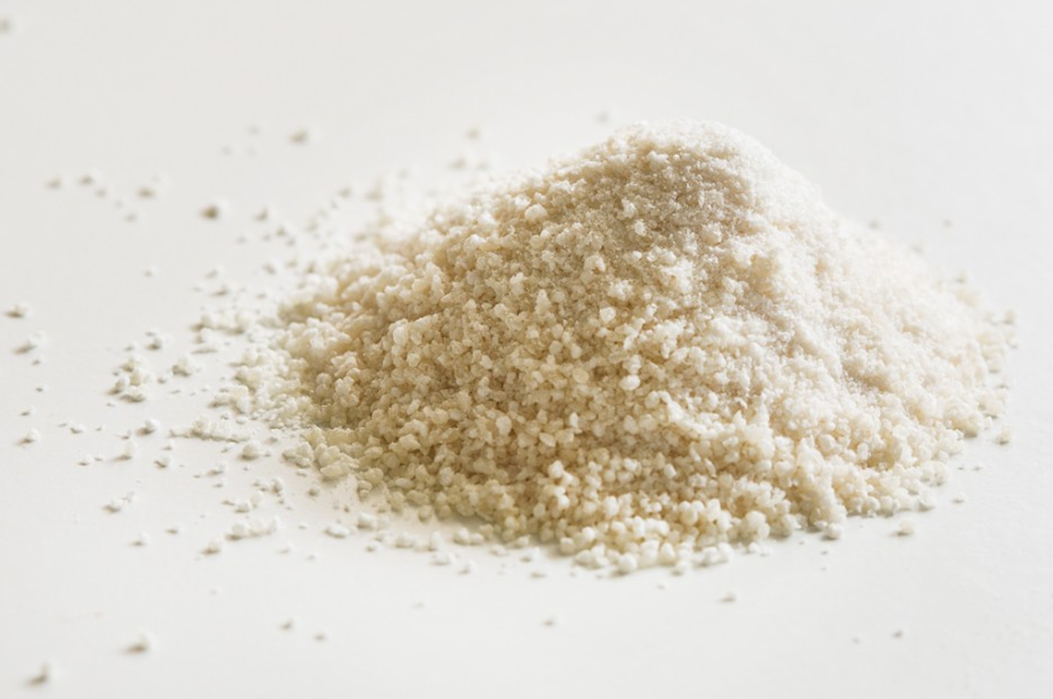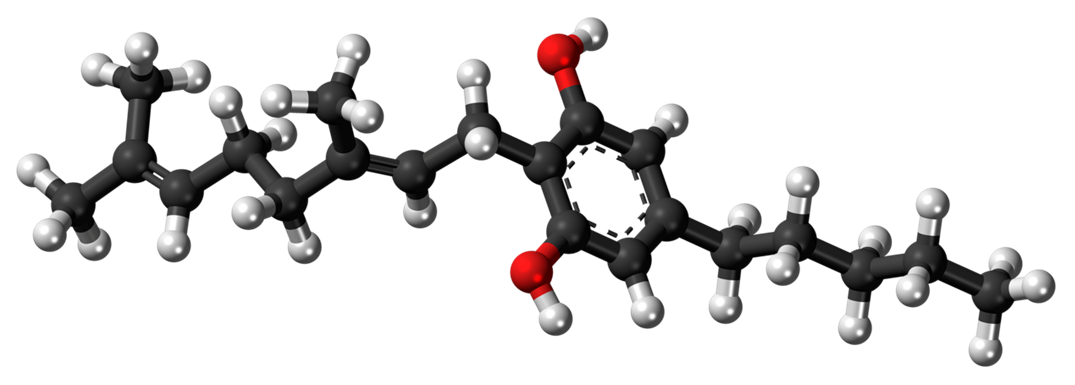By CBDepot s.r.o.
Introduction to Cannabigerol (CBG)
From its founding in 2015, CBDepot has been a pioneer in the manufacture of high-quality natural and synthesized cannabinoids, leading efforts to establish legal and quality standards for cannabinoid-specific ingredients that have a fast-growing presence in sectors including pharmaceuticals and magistral formulas.
Two of CBDepot’s most important product groups are Cannabinol (CBD) and Cannabigerol (CBG). Both are interesting compounds with potential therapeutic uses but which differ in character and range of applications.
What Is CBG ?
CBG Cannabigerol is sometimes called ‘the mother of all cannabinoids’ because many of them are derived from cannabigerolic acid (CBGA), the acidic form of CBG.
Other more common cannabinoids obtained from cannabis plants include cannabidiol (CBD) and tetrahydrocannabinol (THC).
CBG is found in smaller quantities than other cannabinoids, especially in mature cannabis plants. In most strains of the plant, only 1% of CBG can be found compared to 2-20% of CBD or <0,2%-25% of THC, the main psychoactive substance. This is because most of the CBG has already been converted to CBD and THC as the plant blooms and flowers [1].
This makes consumer products derived from the cannabinoid rare and often expensive and CBG has been much less widely studied than THC or CBD. However, CBG is becoming an increasing focus in medical research as potential therapeutic benefits emerge.
CBG cannabinoid effects
CBG is processed by the body’s endocannabinoid system, consisting of molecules and receptors in humans that are responsible for keeping our bodies in an optimal state regardless of what’s going on in our external environment.
Human bodies contain CB1 receptors found in the nervous system and brain, and CB2 receptors found in the immune system and elsewhere.
CBG works by binding to both receptors where it’s thought to strengthen the function of anandamide, a neurotransmitter that plays a role in enhancing pleasure and motivation, regulating appetite and sleep, and alleviating pain. Unlike THC, CBG has no psychotropic effects.
Potential CBG Medical Benefits
Like CBD, CBG has been used to combat pain without having the intoxicating effect of cannabinoids like THC. Research shows that CBG can also have therapeutic effects. Some areas highlighted by recent research include:
- Inflammatory Bowel Disease (IBD): An experimental animal study conducted in 2013 observed the beneficial effects of CBG on inflammatory bowel disease. Researchers induced inflammations similar to IBD in the colons of mice and then administered CBG. CBG was found to reduce the inflammation and the production of nitric oxide. It also reduced the formation of reactive oxygen species (ROS) in the intestines. They concluded that CBG should be considered for clinical experimentation in IBD patients [2].
- Glaucoma: In an animal study, researchers found that CBG has therapeutic potential for the treatment of glaucoma. Researchers administered CBG to cats with glaucoma and noticed a reduction in eye pressure and an increase in aqueous humor outflow, a fluid produced by the eye which maintains eye pressure and provides the eye with nutrition [3].
- Huntington’s Disease : In a 2015 study, researchers examined the potential neuroprotective properties of CBG and other cannabinoids in mice who had an experimental model of Huntington’s disease, which causes a breakdown in brain functions. It was observed that CBG acted as a neuroprotectant, protecting the nerve cells in the brain from damage, and also improved motor deficits and preserved striatal neurons against 3-nitropropionic acid toxicity [4].
- Antibacterial Properties: A 2020 study on the antibiotic potential of cannabis, found that CBG has antibacterial properties, especially against methicillin-resistant strains of Staphylococcus aureus (MRSA), a bacteria which causes staph infections and is drug-resistant [5].
- Fighting Cancer Cells: A 2014 study observed the effects of CBG on rats with colon cancer. They observed that CBG showed some promise in blocking the receptors that cause cancer cell growth and inhibiting the growth of colorectal cancer cells. They suggested that the use of CBG should be considered translationally in the cure and prevention of colon cancer [6].
- Skin conditions: A study (Pucci et al., 2013) finding that CBG shared efficacy with CBD as a transcriptional repressor in significantly reducing expression of all the genes tested in differentiated HaCaT cells, by increasing DNA methylation of keratin 10 gene, indicating that CBG could also have potential as a lead compound for development of novel therapeutics for skin diseases [7].
GMP CBG Products
The production difficulties of CBG makes it very scarce. It’s much harder to produce than other cannabinoids like THC and CBD. Therefore when Cannabigerol is produced, CBG powders and CBG oils derived from it are comparatively expensive. However, more research is being done into easing the production and availability of the cannabinoid.
CBDepot manufactures a range of food-grade and pharma-grade Cannabigerol products to pharma GMP standards. These include:
- Isolated Cannabigerol: CBG isolate is the purest form of the compound, produced by removing all other compounds from a cannabis/hemp plant extract. This is produced to >95% purity as a high quality pharma cannabigerol powder.
- Synthesized Cannabigerol: Equivalent molecules can also be produced through chemical synthesis to produce synthesized GMP Cannabigerol powder at >98% purity, meaning that one gram of isolate powder contains a minimum 980 mg of active CBG.
- CBG type Cannabis Sativa Leaf Extract: This takes the form of an amber viscous CBG oil intended for cosmetics use that contains naturally present decarboxylated phytocannabinoids (50% w/w), terpens (0.5% w/w) and waxes (2% w/w); along with hemp seed oil for standardization of content.
References:
- Koslow, T. 2019: ‘What is CBG? The minor cannabinoid with major potential, explained’, Journal of Cannabinoid Medicine 2019:
- Borrelli F, Fasolino I, Romano B, et al. Beneficial effect of the non-psychotropic plant cannabinoid cannabigerol on experimental inflammatory bowel disease. Biochemical Pharmacology. 2013;85(9):1306-1316.
- Colasanti, B.K., A comparison of the ocular and central effects of tetrahydrocannabinol and cannabigerol.Journal of Ocular Pharmacology and Therapeutics. 1990;6(4):259-269: https://doi.org/10.1089/jop.1990.6.259
- Valdeolivas S, Navarrete C, Cantarero I, Bellido ML, Muñoz E, Sagredo O.Neuroprotective properties of cannabigerol in huntington’s disease: studies in r6/2 mice and 3-nitropropionate-lesioned mice. Neurotherapeutics. 2015;12(1):185-199: https://link.springer.com/article/10.1007/s13311-014-0304-z
- Farha MA, El-Halfawy OM, Gale RT, et al.Uncovering the hidden antibiotic potential of cannabis. ACS Infect Dis. 2020;6(3):338-346: https://pubs.acs.org/doi/10.1021/acsinfecdis.9b00419
- Orrego-González E, Londoño-Tobón L, Ardila-González J, Polania-Tovar D, Valencia-Cárdenas A, Velez-Van Meerbeke A.Cannabinoid effects on experimental colorectal cancer models reduce aberrant crypt foci (Acf) and tumor volume: a systematic review. Evidence-Based Complementary and Alternative Medicine. 2020;2020:1-13: https://doi.org/10.1155/2020/2371527
- Pucci, M., Rabino, C, Di Francesco, A., Dainese, E., D’Addario, C., Maccarrone, M., Epigenetic control of skin differentiation genes by phytocannabinoids, Br J Pharmacol. 2013 Oct;170(3):581-91; doi: 1111/bph.12309
Resources
Click on Upmarket cannabinoid solutions from CBDepot for further information.
Click on CBDepot CBD Research for scientific information.


















